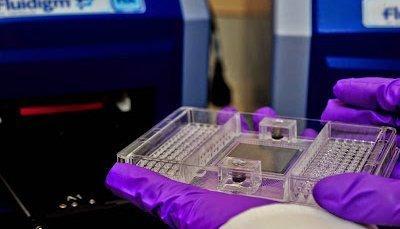
Genotyping is rapidly becoming one of the most fundamental tools in science. It originally began as a tool for researchers, but it has come to be vital in both medicine and industry as well.
Microbial Source TrackingMicrobial source tracking is a method that analyses water supplies to find the origin of fecal contamination in them. It relies on genotyping to identify the bacteria that are present in the water. Once those bacteria are identified, they are compared with a library of samples from different species in order to identify the cause of the contamination.
Predicting DiseasesMany diseases have a genetic component, even those that only appear in old age. In most cases, they also have an environmental component. Many people choose to be genotyped so that they know which diseases they need to worry about, which gives them a chance to take steps to reduce their risk.
Preventing Genetic DiseaseOn the other hand, some diseases are purely genetic. Some potential parents are relying on genotyping to discover if they have a chance of having children who will be afflicted with one of those genetic diseases. Those who do have a significant risk often choose to adopt a child, in order to avoid the risk of passing on the disease.
DiagnosisBoth of those factors make it possible for genotyping to play a role in the diagnostic process. Doctors who know what risks their patients face can prioritize tests that reveal those diseases before moving on to less likely possibilities. That saves both time and money, which can be crucial for identifying a problem before it is too late to solve it.
Preventing CorrosionMany industries also benefit from genotyping. Bacteria, specifically those that reduce sulfides, are often at fault when metals suffer from corrosion. Identifying those bacteria is a crucial part of removing them, since biocides often work best when they are matched to the specific bacteria that need to be eliminated.
Genetic EngineeringGenetic engineering is leading to rapid advances in agriculture, and it depends on genotyping. The process allows researchers to make sure that their modifications stay in place over the course of several generations. They can also use it to help identify useful traits in one species that need to be transferred to another species.
Tracing Invasive PlantsPlants sometimes spread to areas where they were never intended to grow. That can be a problem, especially if the species threatens native plants, or if it is an engineered plant that cannot be legally grown in an area or by an individual. In that case, examining the genotype of the plant can provide some clues as to where it came from, which can be useful both for preventing further spread and for taking legal action in certain situations.

